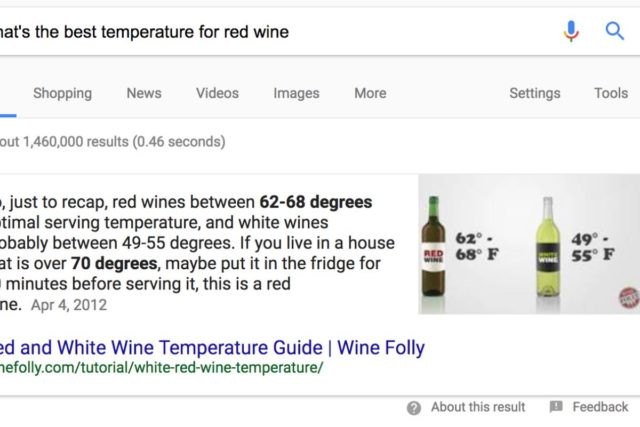Snapchat Joins the Growing Amount of Companies to Leverage Voice Technology
Snapchat, which is frequently responsible for turning users across the nation into pouty faced puppies and deviant entities or adding an infinitive amount of zany flair topics and videos, has recently upped their game with a voice-activated lens.
The new augmented reality lens is the first to respond to voice commands, giving users access to an animated lens when they say the words like wow, love, or yes.
Though Snapchat user numbers may not compare with those of Facebook or Twitter, there is no question that the social network holds its own among Millennials and Gen Zers (the 25 and under crowd).
Recent surveys show a full 78 percent of Gen Z internet users are snapping away, with 60 percent of their Millennial predecessors logging into the photo-based social app.

How the new lenses will be received by users is yet to be determined. Will they make or break (or even impact) your marketing efforts? As of now, probably not, but the addition of voice command does speak to a significant shift in the expectations of young consumers – voice matters.
Voice Command: A Growing Trend Among Businesses & Consumers
Snapchat isn’t the first to incorporate voice technology into their product campaigns.
Today, consumers can use Dominos voice ordering system to satiate their late-night cravings (though one can’t help but wonder what that sounds like in the wee hours of the morning); operate their Whirlpool appliances through voice commands; chat with Siri or Alexa to get an Uber; and and complete a multitude of other tasks simply by uttering their wishes – and usually directly addressing some inanimate object.
Part of this increase in use is based on consumer use, as more and more people are voice commands and the products that support them into their everyday life.
A recent Smart Audio Report by National Public Media found that more than 43 million adults in the U.S. have a smart speaker.
Still another survey by eMarketer predicts a 47.9% rise in use between 2016 and 2020. More and more consumers choose to speak their minds in hopes of securing a ride, ordering a product online, or even simply answering one of life’s common questions, like “what’s the best wine to pair with Grill Salmon?”
What does that mean for website owners that want to make sure they stay on top of this trending technology? Currently, the audible world is your oyster, and only time will tell how you can creatively leverage voice commands within the context of sales and marketing, but as we see it, one thing is certain – content will remain a leading factor in your success.
Companies that want to remain competitive in this new era of voice commands will need to reevaluate their SEO efforts in the context of search command, making strategic adjustments in hopes of pairing user intent with site content.

Here are a few sentiments that should guide your efforts:
- Optimize content for featured snippets
When you complete a search query on Google, in most cases, you’ll find featured snippets or blocks of content that Google, with the help of their ever-evolving algorithm, has deemed highly relevant to your inquiry. Since the featured snippet is considered the most relevant answer, it’s likely to be the one that Google, Siri, or Alexa share when users submit their inquiry through a smart device.
- Ask questions like a consumer
There are likely several reasons consumers may land on your site, but when it comes to voice search, the best way to get them there is to determine what questions they are asking and then craft content and landing pages around those questions. Don’t be afraid to go long, as longtail keywords are often the golden arrow of voice search.
- Be concise
I’m going, to be honest here; the recommended length of a snippet seems to change so frequently that even the savviest markets can suffer from a bit of confusion. Earlier this year, many were basking in the glow of 250 – 300 words. By May, many of us found that Google was cutting that back down, almost by half. When asked about the decrease Google’s Danny Sullivan shared the following tweet:
“Our search snippets are now shorter on average than in recent weeks, though slightly longer than before a change we made last December. There is no fixed length for snippets. Length varies based on what our systems deem to be most useful.”
What does that mean? If you can say it in 100 words, do it. If you need a few extra, take them. But whatever you do, make it concise while maintaining quality. Focus on how efficiently you answer the question and let word count help you reign in your response — though it can’t hurt to keep them well under 200 words.
Looking for more tips on how to bring your content to the ears of smart device users? Check out our 10 essential tips for optimizing content for featured snippets and voice.



